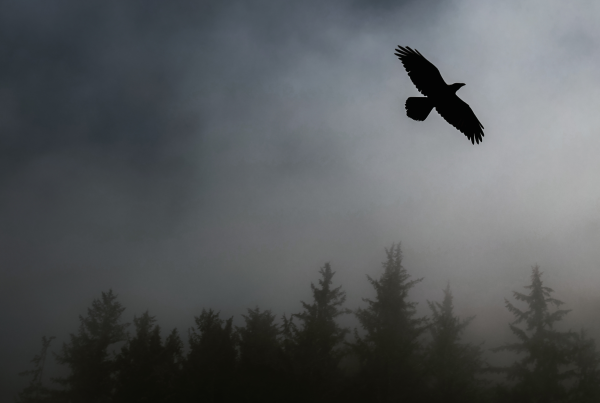We sat down with lawyer D.J. Larkin, together with matriarchs from Wet’suwet’en Nation, for an engaging, powerful and emotional webinar last October 20th. You can view the video of that conversation here.
Many people had questions for Larkin which we didn’t have time to unpack during that presentation. Here are some deeper dives into the nature of the legal challenge currently before B.C. Supreme Court – with gratitude to everyone who is following this case and supplied excellent questions to our guests.
1. Were the harms that occurred during the Wet’suwet’en land defence stand and the violence against matriarchs in ceremony used as evidence that Coastal GasLink has already harmed the community?
The focus of the Judicial Review was on whether the EAO complied with its legal obligations in granting the permit extension, namely whether they properly assessed new evidence of harms. Our argument relied on the Report of the Inquiry on Missing and Murdered Inigenous Women, especially the Inquiry’s analysis and findings related to resource extraction projects generally.
If the court quashes the permit extension and refers the matter back to EAO for consideration, our expectation is that there will be a process to examine how this project may cause or exacerbate harms to Wet’suwet’en women and girls in a way that is agreeable to the community.
2. Does the upcoming election come into play to delay the opportunity for government to issue new permits?
Whatever the results of the election, it will be up to the newly-constituted BC government to abide by the court’s decision.
3. Is this a new legal approach or are there precedents?
Historically, First Nations have been successful with a number of Judicial Reviews of projects. For example, Enbridge’s Northern Gateway project never saw the light of day after its permit was quashed in the first instance, and the cancellation upheld on appeal. The 2016 approval of Trans Mountain pipeline (then Kinder Morgan) was also quashed in 2018, although the second approval was upheld.
There is little in the way of judicial review in the context of extensions of time such as this review. There are two judicial reviews that deal with a refusal to grant an extension or find that a project proponent had substantially stared, but nothing directly analogous to this case.
We should note that this Judicial Review is not likely to stop the project for good. Rather, the hoped-for outcome is for the court to quash the permit and return it to the BC Environmental Assessment Office for reconsideration. If the BC EAO is required to take into account new evidence of harms, as well as Coastal GasLink’s record of non-compliance, this could lead to new, more stringent project conditions imposed upon CGL that would protect the safety of Wet’suwet’en women and mandate stricter enforcement.
One practical issue that does arise is that, if the judge finds that the decision was unreasonable and quashes the decision, that means that the certificate actually expired in October of 2019 – therefore there would no longer be a certificate to extend. Technically this would mean that CGL would have to start over in the environmental assessment process. It is unlikely that the judge will do this. However, even if she does, there are two mechanisms under the Environmental Assessment Act that would allow CGL to proceed without starting over. One provision could be used to create a “process” for a new environmental assessment that allows CGL to rely on all of their previous work in this regard. Another provision basically allows the BC government to make any regulation they want. In the past this provision was used to allow the New Prosperity mine project to move forward despite not having substantially started in time by regulating that the legislated deadline provision did not apply to the project.
We do now know what the judge will decide, but we have advocated that the decision should be quashed. That way the BC government will have to make a decision in the broader public interest about whether to use these provisions to move the project forward. The alternative that CGL requested is that either no relief be granted or that the decision be sent back for reconsideration without quashing the previous decision. In our submissions we noted that this would allow harm to continue on the lands and could result in CGL applying for a determination that they have now “substantially started” the project – which would prohibit the EAO from adding any new conditions, even if new conditions are warranted.
4. Who is the judge?
Madam Justice Norell
5. You mentioned ways to pressure the new government. What is the best way to do this?
If the Wet’suwet’en Judicial Review is successful, you can write to the new Premier and the new Minister of Natural Resources to demand that they abide by the court decision and consider the broader interests at stake prior to making any decision that would allow the project to proceed. Watch the RAVEN blog space for updates.
6. Did the Judicial Review include elements of Wet’suwet’en law as part of your submissions?
Unfortunately, this is not something that we were able to include. The boundaries of judicial reviews are very strict.






